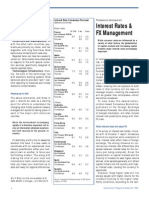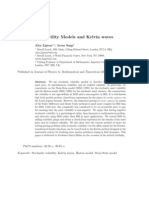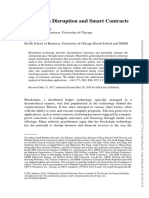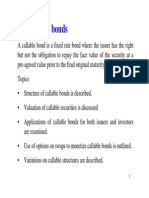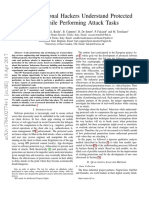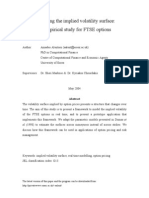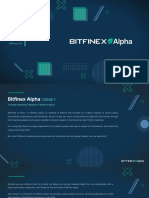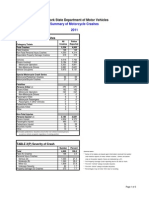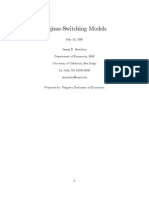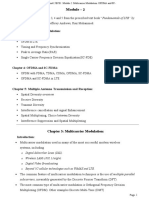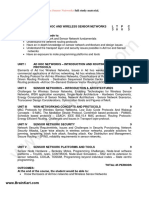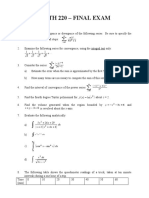0% found this document useful (0 votes)
130 views21 pagesBTC Diff
- Bitcoin mining difficulty and hashrate are mechanisms that ensure blocks are mined approximately every 10 minutes on average, despite increasing computational power on the network.
- Difficulty adjusts around every 2 weeks and is proportional to the average hashrate over that period, to maintain the 10 minute block time. This results in an arms race where miners must constantly increase their hashrate to maintain profits.
- Hashrate has grown exponentially over time and its daily changes appear to follow a normal distribution with significant negative autocorrelation at a 1 day lag, suggesting it follows a daily cycle of growing and shrinking. Modelling hashrate as a random stochastic process may provide insights into its behavior.
Uploaded by
lycancapitalCopyright
© © All Rights Reserved
We take content rights seriously. If you suspect this is your content, claim it here.
Available Formats
Download as PDF, TXT or read online on Scribd
0% found this document useful (0 votes)
130 views21 pagesBTC Diff
- Bitcoin mining difficulty and hashrate are mechanisms that ensure blocks are mined approximately every 10 minutes on average, despite increasing computational power on the network.
- Difficulty adjusts around every 2 weeks and is proportional to the average hashrate over that period, to maintain the 10 minute block time. This results in an arms race where miners must constantly increase their hashrate to maintain profits.
- Hashrate has grown exponentially over time and its daily changes appear to follow a normal distribution with significant negative autocorrelation at a 1 day lag, suggesting it follows a daily cycle of growing and shrinking. Modelling hashrate as a random stochastic process may provide insights into its behavior.
Uploaded by
lycancapitalCopyright
© © All Rights Reserved
We take content rights seriously. If you suspect this is your content, claim it here.
Available Formats
Download as PDF, TXT or read online on Scribd
/ 21












